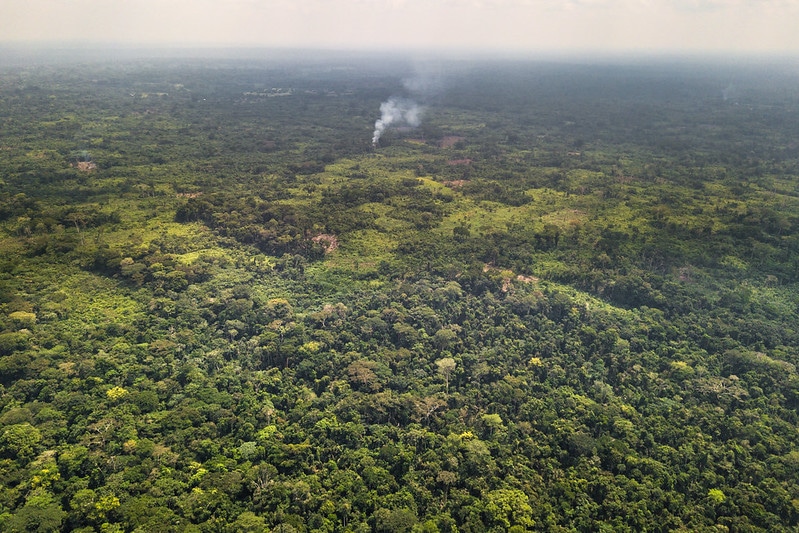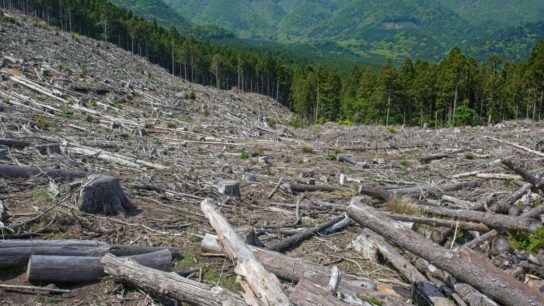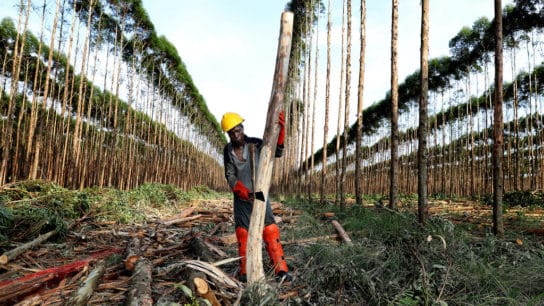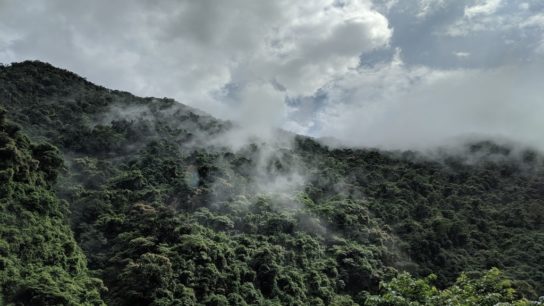Deforestation around the world increased in 2020 even as COVID-19-induced shutdowns curbed economic growth, adding more pressure on nations and businesses to cut carbon emissions.
—
What is Happening?
- According to data from Global Forest Watch, an initiative led by the World Resources Institute, tree loss in the most critical tropical areas increased 12% in 2020 from the previous year. Tropical losses overall contributed 2.6 billion metric tons of carbon, the equivalent of annual emissions from 570 million cars.
- The numbers from 2020, the third worst for tree loss since 2002, end a year that many thought would result in much lower deforestation. In 2014, the UN Secretary General brought diplomats, business leaders and activists together for a climate summit, where many agreed to halve deforestation in six years. This goal wasn’t met, or even approached.
- Some countries have a much larger influence on tree loss and resulting CO2 emissions, which are driven by clearing land for production of meat, crops and wood.
- Global Forest Watch tracks “tree loss” instead of “deforestation” because the data include both natural and grown forests, and also count losses from fires. In this vein, tree loss in Brazil jumped 25% in 2020, and its total of 1.7 million hectares was three times larger than the second-biggest contributor, the Democratic Republic of Congo.
- According to Brazil’s National Institute for Space Research (INPE), deforestation in the Brazilian Amazon surged to a 12-year high in the year between August 2019 and July 2020, after it was revealed that officials said that COVID-19 could “distract” the public from deforestation.
- However, there is some good news. Indonesia decreased its forest loss rate, continuing its now four-year run, as its government has stepped up prevention and enforcement activity after devastating fires in 2015. Meanwhile, Malaysia, which has lost a fifth of its tree cover in the past two decades, has also seen a declining rate of loss since 2015. In 2020, Sabah saw a decrease in primary forest loss of 43.8% compared to the average yearly forest loss of 11.1% between 2016 and 2019.
Featured image by: Flickr

















